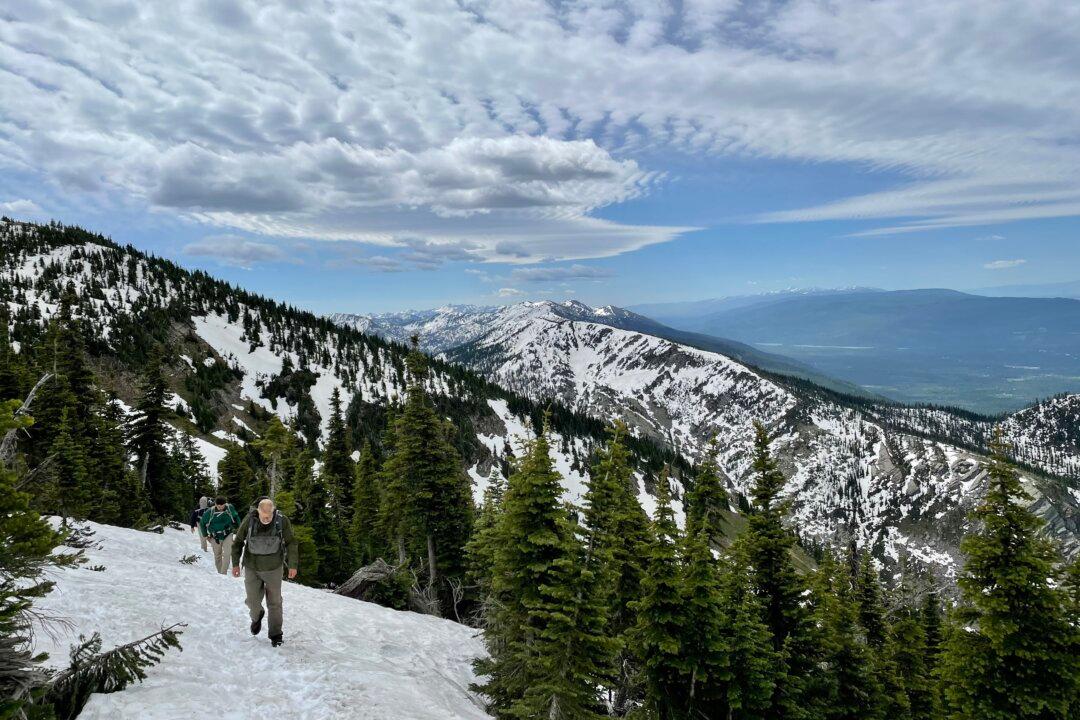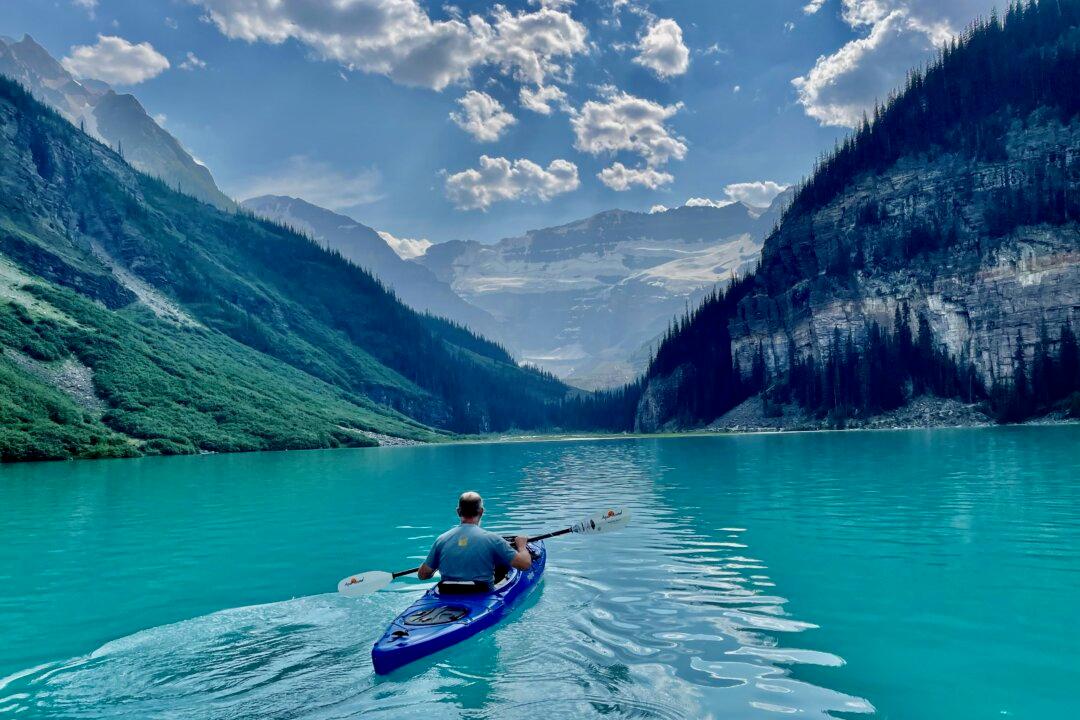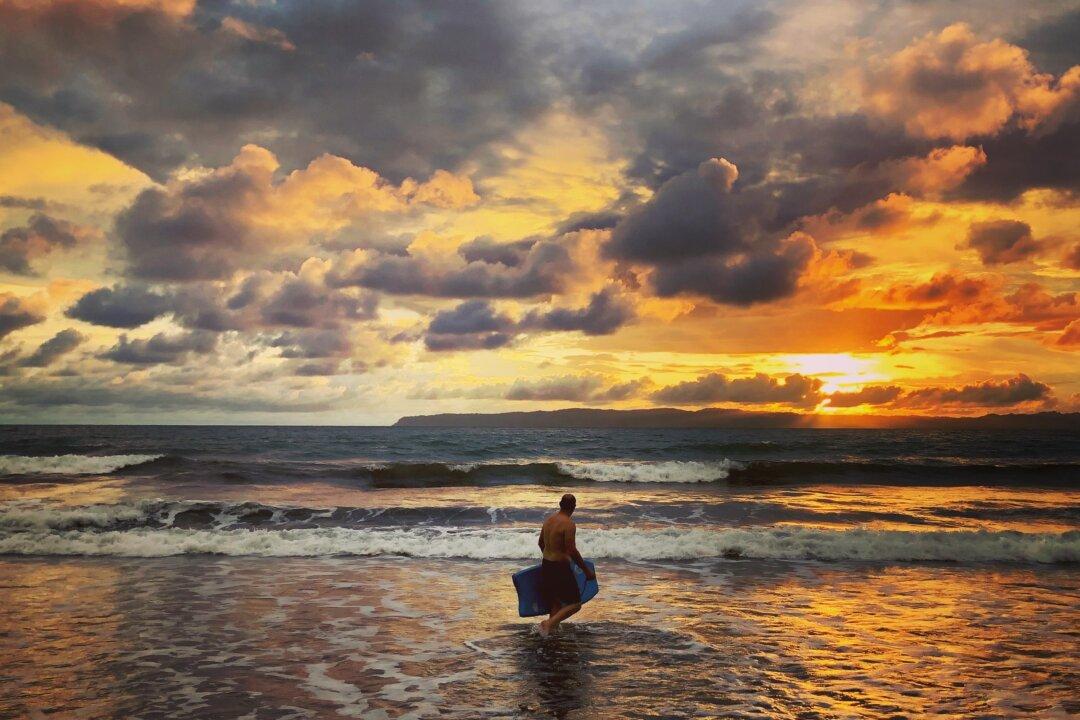“Hidden away by the Gods, like a necklace of pearls, among the crags and vastness of the Swan Mountains, lies the Jewel Basin; the enchanted land of this, our Montana. Friends, I have seen the sun set on the minarets of Spain, and make splendid the dome of St. Sophia in Constantinople. I have watched the play of color upon the desert of Egypt with the Sphinx and pyramids. I have made a trail through the hinterland of the Canadian Rockies to where the Aurora Borealis from the polar skies make the northern night glorious ... but for kaleidoscopic lights and shadows, for octaves of tone and color, for unending variety of the moods and forms of nature, Jewel Basin is the most charmed and charming spot in all the world.”—From “The Secret of Wilderness,” by the Rev. Eugene Cosgrove, 1919.
The crown of the continent sits regally upon the rocky outcrop and snow-capped peaks of the Rocky Mountains shared between Canada and the United States. Glittering lakes reflect the beauty of the golden halo that encompasses more than 10 million acres surrounding Waterton, Canada, Glacier National Park, and the Bob Marshall Wilderness in Montana.



